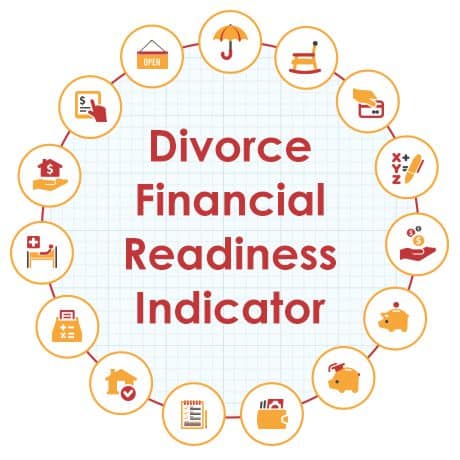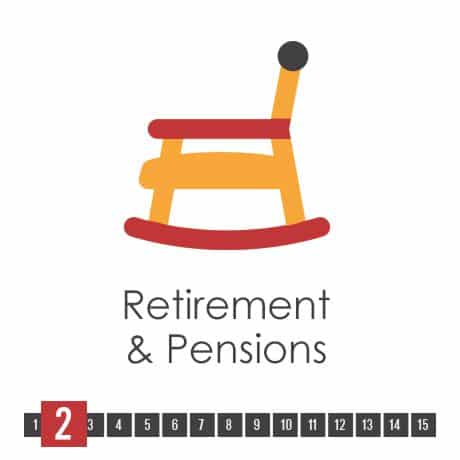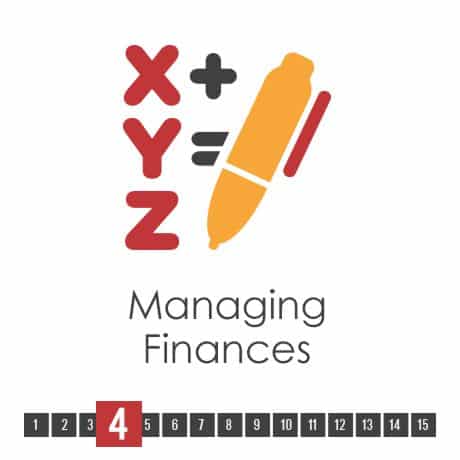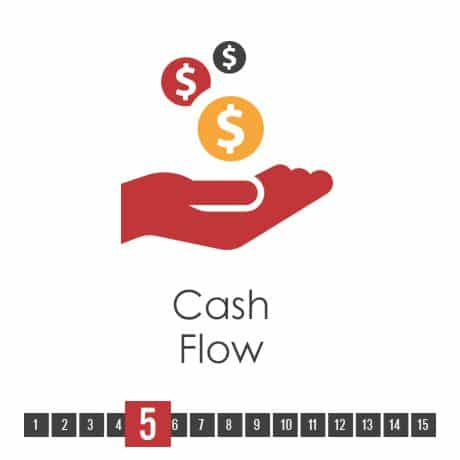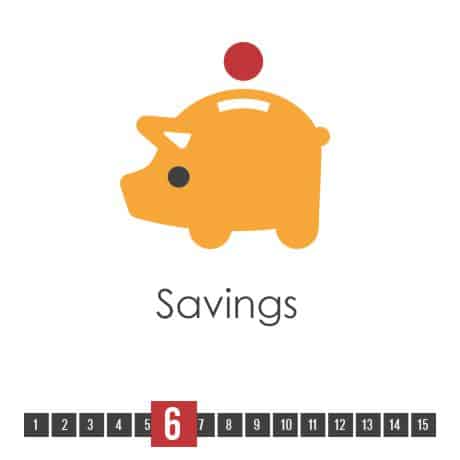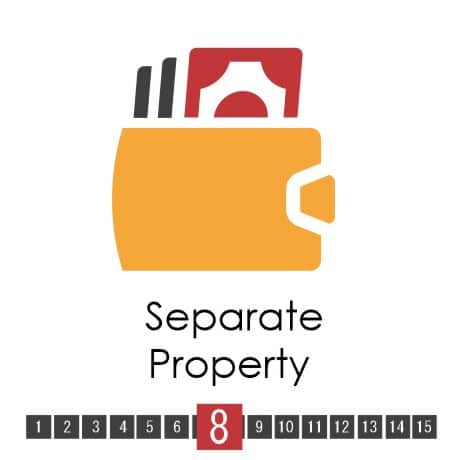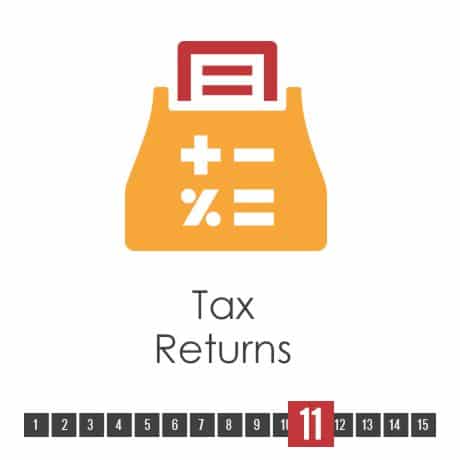1. Credit-Splitting Fundamentals
1.1 What Exactly Gets Split?
For each calendar year the spouses co-habited, their pensionable earnings are combined and divided equally. If one spouse earned \$30,000 and the other \$50,000 in 2015, each will be credited with \$40,000 for that year after the DUPE^1.
1.2 Years That Cannot Be Split
Credits cannot be divided for any year in which combined earnings were less than twice the Year’s Basic Exemption (\$3,500 × 2 = \$7,000 in 2025)^1. Other exclusions:
- Either partner under 18 or over 70^1.
- Either partner already receiving a CPP retirement pension or CPP disability benefits during that year^1.
1.3 Why the Enhanced CPP2 Matters
Starting 2025 the YAMPE is fixed at 14% above the YMPE, widening the CPP2 band to \$9,900. High-income earners now contribute—and therefore expose to splitting—an extra \$396 per year (employee portion) at the 4% CPP2 rate^4. These contributions grow with wage inflation, so the lifetime value of a DUPE for affluent families is higher than ever.
2. Eligibility Rules in Detail
| Relationship Status |
Filing Deadline |
Key Documents |
Source |
| Married, divorced/separated ≥ 1 Jan 1987 |
No limit unless ex-spouse dies; then 36 months from date of death |
Divorce judgment, Form ISP-1901 |
^1 |
| Married, divorced < 1 Jan 1987 |
Must apply within 36 months of divorce |
As above |
^1 |
| Common-law |
48 months after separation – Waiver available if both consent |
Proof of cohabitation start/end, signed waiver if late |
^1 |
| Multiple marriages |
Separate DUPE for each union; timelines apply case-by-case |
All divorce/separation documents |
^1 |
3. Ontario’s Non-Waiver Framework
Ontario has never enacted legislation allowing spouses to opt out of a DUPE. Even a separation agreement that explicitly “waives” CPP credit splitting is ineffective, as confirmed in several Social Security Tribunal decisions^3. Only agreements executed before 4 Jun 1986 or governed by provinces with opt-out statutes (AB, BC, SK, QC, MB before 1986) can override the federal default^2.
- Gather documents: marriage certificate, divorce order, proof of shared residence (for common-law), SINs for both parties.
- Choose filing method:
- Online: My Service Canada Account → CPP Credit Split application.
- Paper: Form ISP-1901 mailed to the nearest Service Canada Processing Centre.
- Declare co-habitation dates with care: both parties receive a copy and have 30 days to contest^7.
- Track progress: Service Canada’s published target is 6–12 weeks^7; applicants may call 1-800-277-9914 for status updates.
- Receive decision letters: Once approved, the DUPE posts to each contributor’s Statement of Contributions with a “CS” code beside affected years^9.
5. Financial Impact Analysis
5.1 Illustrative Scenarios
| Scenario |
Pre-Split Benefit at 65 |
Post-Split Benefit at 65 |
Lifetime Δ (PV @ 2%) |
Source |
| 25-yr marriage; Spouse A max earnings; Spouse B zero earnings |
A \$1,364/mo – B \$0 |
A \$864 – B \$864 |
±\$210,000 transfer |
^3 |
| 18-yr marriage; both max earnings |
A \$1,300 – B \$1,300 |
Minimal change |
Negligible |
^10 |
| 20-yr marriage; earnings disparity overlaps CRDO |
A –\$150/mo – B + \$50/mo |
Couple loses \$100/mo net |
–\$35,000 loss |
^3 |
Present values assume 2% real discount and age-90 horizon; individual results vary.
5.2 Child-Rearing Drop-Out (CRDO) Trap
If the caregiving spouse uses CRDO to exclude low-income years, the DUPE can shrink the working spouse’s pension without fully offsetting the gain to the caregiver, producing a net loss for the household^11.
5.3 Tax Interplay
CPP benefits are fully taxable. After a DUPE:
- CPP pension splitting may result in the lower earner’s increased CPP bumping them into a higher bracket or triggering a claw back of GIS/OAS supplements.
- The higher earner gains RRSP contribution room due to lower expected CPP income.
Professional modelling quantifies after-tax lifetime cash-flows and informs spousal-support negotiations.
6. Integration with Ontario Family-Law Process
- Form 13 / 13.1 Financial Statements: Parties must disclose current CPP contributions and projected pensions under “Income” and “Pensions” sections^13.
- Net Family Property (NFP): CPP credits are excluded assets, but the DUPE’s future cash-flow should still be considered when negotiating equalization offsets or spousal support.
- Court orders: Ontario judges cannot direct Service Canada to split or ignore credits; they may, however, consider pension credit division value transfer when setting support.
7. Strategic Timing Considerations
| Party Type |
Optimal Timing |
Why |
| Higher earner nearing 60 |
Delay application until tax planning complete but file before survivor-benefit issues arise |
Reduces future CPP loss and aligns with RRSP melt-down strategy |
| Lower earner with CRDO overlap |
Obtain actuarial projection first; DUPE could harm both spouses |
Avoid net household loss^3 |
| Common-law pair |
File well before 48-month limit to preserve rights if relations sour |
Statutory deadline hard-wired^6 |
| Ex-spouse dying |
Survivor has 36 months to request DUPE – Survivor pension may be disallowed if DUPE after Jan 2025 |
New survivor-pension carve-out^14 |
8. Enhanced CPP2: Long-Term Effects
The 2025 ceiling jump means anyone earning \$81,200 contributes an extra \$396 annually (employee share) to CPP2 and will ultimately receive up to 50% more CPP benefit after 40 years of post-2019 contributions^15. Couples separating today should model projected CPP2 benefits through at least 2065 when the first fully enhanced cohort retires.
9. Common Misconceptions Debunked
| Myth |
Reality |
Source |
| “We can cash-compensate and skip the split.” |
Not in Ontario; waiver agreements are void^2. |
^2 |
| “Service Canada does it automatically.” |
Someone must file; no automatic trigger exists^1. |
^1 |
| “CPP2 isn’t split.” |
CPP2 credits are divided using the same formulas as base CPP^15. |
^15 |
| “I can undo the split later.” |
DUPE is irreversible once processed^2. |
^13 |
| “Only retirement pensions change.” |
DUPE can affect disability eligibility and, after Jan 2025, survivor-pension rights^14. |
^14 |
10. Special Circumstances
10.1 Disability Periods
Years on CPP disability benefits are excluded from splitting calculations; the disabled spouse’s future retirement amount remains protected^1.
10.2 Multiple Relationships
Every qualifying relationship is assessed separately. An individual could simultaneously lose credits to Ex-Spouse A while gaining credits from Ex-Spouse B^1.
10.3 Quebec Employment
Years worked under the Quebec Pension Plan (QPP) follow parallel “partition” rules. Couples with mixed CPP/QPP service must file in both jurisdictions^17.
11. Step-by-Step Modelling for CDFAs \& Lawyers
- Retrieve Statements of Contributions for each spouse via My Service Canada Account.
- Export to spreadsheet and tag relationship years.
- Run DUPE algorithm: equalize pensionable earnings for each tagged year.
- Apply CRDO \& dropout calculations separately for each spouse.
- Discount projected benefit streams to present value at 2% real.
- Compare net change and integrate into property/support negotiations.
Several specialized software packages automate steps 3-5; manual errors can materially misprice a settlement.
12. Professional Guidance Matters
Certified Divorce Financial Analysts (CDFAs) combine actuarial tools with family-law expertise to:
- Quantify lifetime value transfers (often \$75,000 – \$150,000+)^10.
- Evaluate CRDO overlap risk^11.
- Coordinate DUPE timing with pension equalization, RRSP rollovers, and capital-gains triggers.
- Prepare affidavits explaining DUPE impacts for court-approved Minutes of Settlement.
13. Frequently Asked Questions (2025 Rules)
| Question |
Short Answer |
Detail |
| Is CPP credit splitting mandatory in Ontario? |
Yes. |
Ontario has no opt-out statute; federal law prevails^2. |
| Can my ex apply without my consent? |
Yes. |
Application is unilateral; you may contest facts within 30 days^7. |
| How long do I have to apply? |
Married: unlimited; Common-law: 48 months |
Survivor exception: 36 months after ex-spouse’s death^1. |
| Does the split change my current payroll deductions? |
No. |
It only amends past records; future contributions continue normally^7. |
| Can a DUPE reduce my survivor pension? |
Possibly. |
If DUPE filed after Jan 2025 and you remain separated, survivor pension disallowed^14. |
| What if CPP2 is under-contributed? |
CRA will reassess T4s. |
Both CPP and CPP2 must be split proportionally^4. |
| Will my tax bracket change? |
Maybe. |
CPP benefits are fully taxable; plan RRSP withdrawals accordingly. |
14. Recent Legislative Updates (Snapshot)
| Date |
Change |
Effect |
Source |
| 1 Jan 2024 |
CPP2 tier introduced |
4% on earnings above YMPE |
^4 |
| 1 Jan 2025 |
YAMPE fixed at 14% above YMPE |
Expands CPP2 band to \$9,900 |
^4 |
| 1 Jan 2025 |
Survivor-pension exclusion for split spouses |
DUPE filed after this date removes survivor eligibility unless partners reconciled |
^14 |
15. Action Checklist for Separating Ontarians
- [ ] Download both partners’ CPP Statements of Contributions.
- [ ] Calculate prospective DUPE impact or hire a CDFA.
- [ ] Consider CRDO overlap; seek actuarial confirmation.
- [ ] File Form ISP-1901 (or online) within statutory deadlines.
- [ ] Verify Service Canada’s year-by-year earnings allocation.
- [ ] Adjust spousal-support negotiations to reflect DUPE cash-flows.
- [ ] Update retirement plans, insurance, and estate documents to reflect new CPP baseline.
16. Case Study: High-Earner Executive vs. Stay-at-Home Parent
Facts
- 30-year marriage (1990-2019).
- Executive spouse earned maximum YMPE every year and fully contributes to CPP2 in 2025.
- Caregiver spouse left workforce in 1995 following birth of twins; claimed CRDO through 2002.
DUPE Outcome
- Executive’s retirement benefit drops by \$502/month.
- Caregiver’s benefit rises by \$468/month.
- Net household present-value transfer: \$145,600^10.
Planning Adjustments
- Executive increases RRSP contributions \$6,000/year to offset lost CPP.
- Caregiver reduces required RRIF withdrawals after age 71, lowering OAS claw-back risk.
17. Tax Optimisation After a DUPE
- Split pension income at age 65: While CPP itself cannot be split for tax purposes, other eligible income streams (RRIF, annuities) can be allocated to balance brackets.
- Use additional RRSP room: The higher earner’s lower CPP frees contribution space for deductible savings.
- Monitor OAS clawback: The lower earner’s boosted CPP may push net income above the \$90,997 claw-back threshold (2025 index).
18. Conclusion: Secure Your Post-Divorce Retirement
CPP pension splitting is not just a bureaucratic formality; it is often the single largest source of indexed retirement income after the marital home or registered pensions. Because Ontario prohibits contractual waivers, ignoring DUPE calculations can torpedo even the most carefully negotiated property settlements. By understanding 2025’s two-tier contribution structure, statutory deadlines, and CRDO interactions—and by engaging qualified professionals—you position yourself to negotiate fair, durable financial arrangements that reflect the true long-term stakes.
Need personalized modelling or settlement support? Book a 30-minute strategy session with a Certified Divorce Financial Analyst and move forward with clarity and confidence.




